#neural
Photo
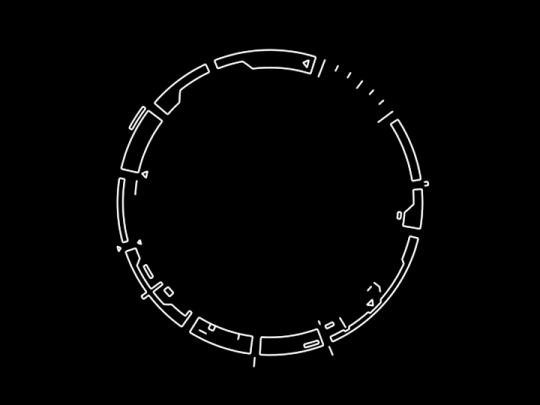

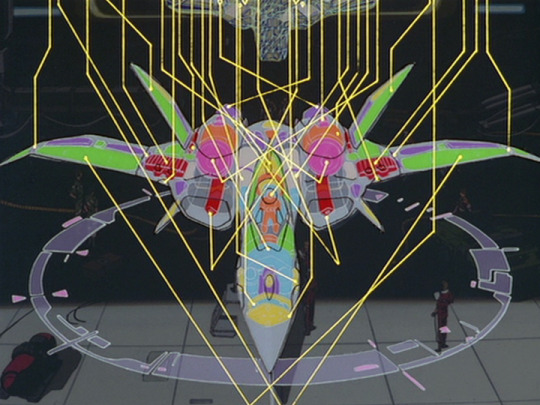
Macross Plus (Studio Nue, 1995)
#macross plus#macross#macross+#ui#gui#fui#hud#sci-fi#high tech#cyberpunk#graphics#art#digital art#vector#vector graphics#seal#lock#neuro#neural#orbit#scope
345 notes
·
View notes
Text

… the Neuronal-esophageal synapsis …
#cephalopod#blindsquid#lovecraftian#squid#octopus#biomechanical#giger#oldones#neural#warmachine#thinktank#aiphotography#scifiart#horrorart#brain#brainmachine
32 notes
·
View notes
Text
Tatyana O. Sharpee’s work in the realm of geometric cognition—a field dedicated to understanding how the brain interprets and represents spatial information—has yielded groundbreaking insights into how our minds map the world around us. Continuing her previous argument for hyperbolic geometry in neural circuits, the recent paper, co-authored with Huanqiu Zhang, P. Dylan Rich, and Albert K. Lee, sheds light on the hyperbolic geometry of hippocampal spatial representations.
The hippocampus, a crucial part of the brain involved in memory and spatial navigation, houses ‘place cells’—neurons that fire when an animal is in a particular location. The geometry of these spatial representations, however, has remained largely unknown. Breaking new ground, Sharpee and her team reveal that the hippocampus does not represent space according to a linear geometry, as might be expected. Instead, they discovered a hyperbolic representation.
We investigated whether hyperbolic geometry underlies neural networks by analyzing the responses of sets of neurons from the dorsal CA1 region of the hippocampus. This region is considered essential for spatial representation and trajectory planning.
Imagine holding a map of your city. A linear representation would be akin to the map’s scale, where an inch on paper corresponds to a fixed number of miles in reality. A hyperbolic representation, in contrast, changes the scale depending on where you are on the map. The implications of this discovery are profound. A hyperbolic representation provides more positional information than a linear one, potentially aiding in complex navigation tasks.
This hyperbolic representation isn’t static—it dynamically expands with experience. As an animal spends more time exploring its environment, the spatial representations in its brain expand. The expansion is proportional to the logarithm of time spent exploring, suggesting our brains continually refine our spatial maps based on our experiences. As we spend more time in an area, our mental map of that area becomes more detailed and expansive. This dynamic updating could be crucial for efficiently navigating familiar environments.
Continue Reading
#geometriccognition#cognitivegeometry#geometry#geometrymatters#science#research#academia#neural#hyperbolic#study
31 notes
·
View notes
Photo





“I Love It So Much It Hurts”
More biosynthetic-gelatinous gastroneural companionship partners (brainslugs)
Ghost Owl Attic
#companion#artificial#artificial life#ai#biosynthetic#neural#neural network#futurism#cyberepunk#aesthetic#futuristic#mind#synth#synth life#brainslug#mindslug#parasite#synthography#never be apart again
97 notes
·
View notes
Photo

▓▓ Creatures of the Void ▓▓
⛊ Volt ⛊
www.chymer.com
#chymer#ai#aiart#neural#generative#midjourney#photoshop#lightroom#digital art#illustration#dark#void#photography#creature#portrait#woman#girl#goth#fashion#trend#style#haute couture#magazine#black#Vinyl#epaulette#metal#structure
75 notes
·
View notes
Photo
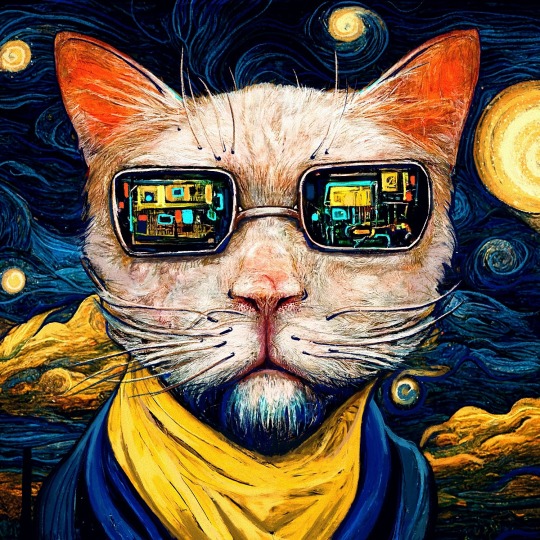
Cyberpunk cat Van Gogh
#da#neural#neuro#neuralart#midjourney#photoshop#procreate#procreateart#starnight#cat#van gogh#cyberpunk
96 notes
·
View notes
Text

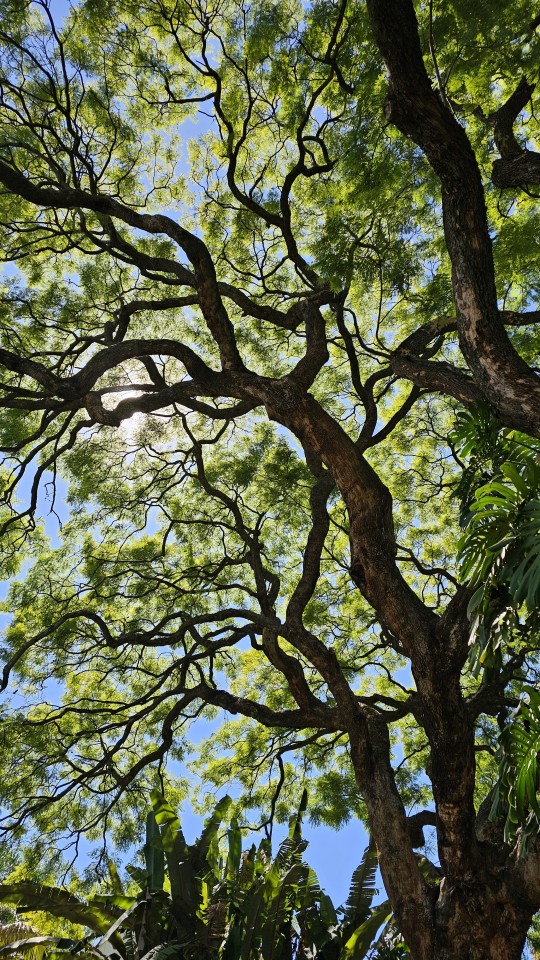
Neural
#neural#network#trees#limbs#branches#communication#photographers on tumblr#botany#photographers of colour#original photographers
4 notes
·
View notes
Text

Warrior Goddess Moon's Embrace
#red#fine-tuned-model#fine-art#cyborg#symbiote-girl#neural#neural blended#ai#ai art#ai artwork#ai generated#ai image#ai generated art#symbiote#vampire#moon#fantasy art#dark#dark fantasy
2 notes
·
View notes
Text
3 notes
·
View notes
Text
#self adjusting neural networks#self adjusting#neuralnetworks#neural network#neural networks#self#adjusting#neural#networks
3 notes
·
View notes
Text
Meta products slow down or prevent neural development which hinders biological evolution.
1 note
·
View note
Photo



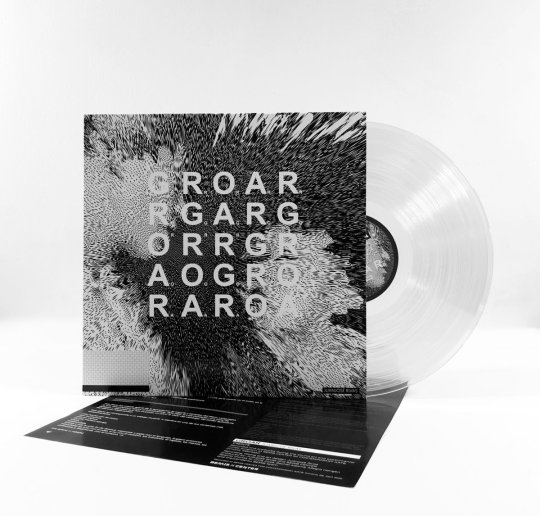

Juanjosé Rivas, GROAR, BEMIS, 2021
(on the way of Neural)
18 notes
·
View notes
Text
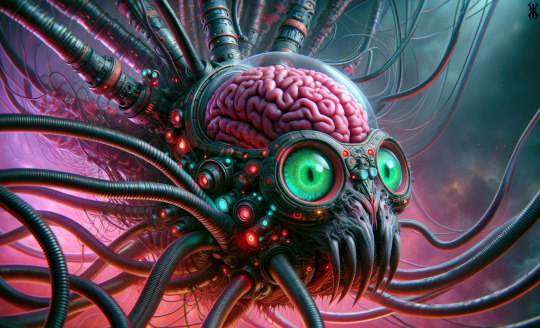
... neural link ...
3 notes
·
View notes
Text
The human brain is a complex organ responsible for various cognitive functions. Scientists from the University of Sydney and Fudan University have made a significant discovery regarding brain signals that traverse the outer layer of neural tissue and form spiral patterns. These spirals, observed during both resting and cognitive states, have been found to play a crucial role in organizing brain activity and cognitive processing.
The research study, published in Nature Human Behaviour, focuses on the identification and analysis of spiral-shaped brain signals and their implications for understanding brain dynamics and functions. The study utilized functional magnetic resonance imaging (fMRI) brain scans of 100 young adults to observe and analyze these brain signals. By adapting methods used in understanding complex wave patterns in turbulence, the researchers successfully identified and characterized the spiral patterns observed on the cortex.
Our study suggests that gaining insights into how the spirals are related to cognitive processing could significantly enhance our understanding of the dynamics and functions of the brain. —Associate Professor Pulin Gong
Continue reading
#geometriccognition#cognitivegeometry#geometry#geometrymatters#research#science#academia#neural#study
44 notes
·
View notes
Text

How does the neural network see my hobby?
#horrorfilms_news#horrorfilms1#horror#my blog#hobby#horror tumblr#insta horror#telegram#t.me/horrorfilms1»#horror art#art#neural network#neural#Pinsil Sketch#neural networks#neural networks art
2 notes
·
View notes
